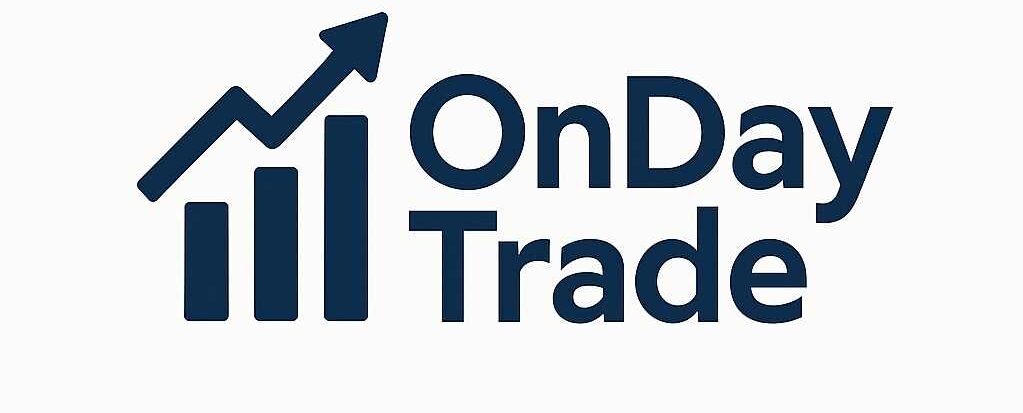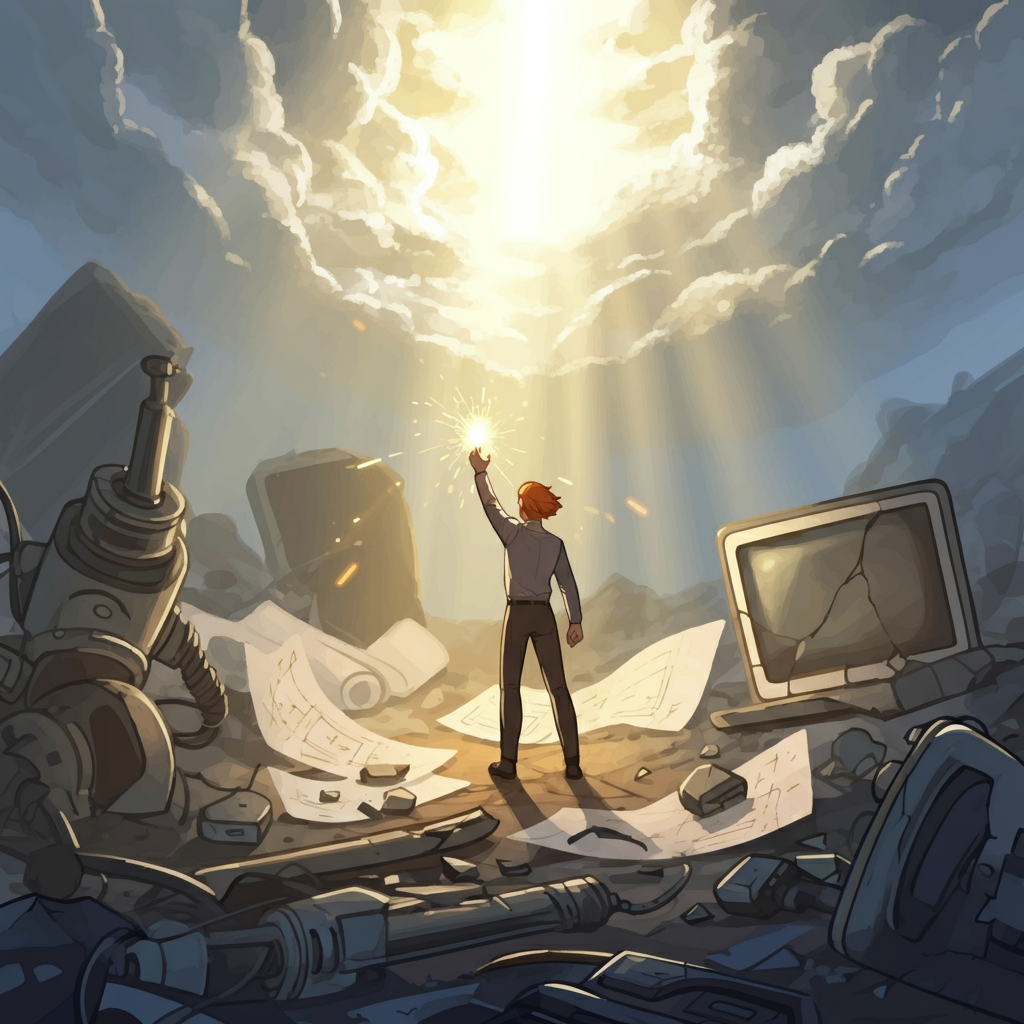Failure isn’t the opposite of success; it’s a stepping stone toward growth. Explore how setbacks fuel resilience, spark innovation, and shape the ultimate path for entrepreneurs. Learn from real examples, from Steve Jobs to Sara Blakely, and turn failures into opportunities.
Failure is not just a setback; it’s the gateway to growth, the unexpected spark that fuels real transformation in the entrepreneurial journey.
Entrepreneurship, for all its glitz and glamour, is often built on a series of failures that shape the path toward success. While the world cheers for success stories, the uncelebrated reality of setbacks is where the real lessons are learned. It’s in those moments of doubt, rejection, and seeming defeat that you are forced to reflect, adapt, and emerge stronger than before.
Every entrepreneur, including those we admire, has faced moments when they were knocked down but got back up. Steve Jobs’ journey away from Apple, Sara Blakely’s initial rejections—these weren’t smooth sailing. In fact, they were the very moments that defined their success, teaching them more than any success story ever could.
Here’s why failure isn’t just a bump in the road, but the catalyst for greatness:
1. The Emotional Weight of Failure: It’s More Than Just Business
Failure doesn’t just impact your business—it can rattle your sense of self-worth, confidence, and identity. When things don’t go as planned, it’s easy to internalize that failure and believe it reflects your value as a person. This emotional toll isn’t just about business losses, but the personal challenge of dealing with doubt and shame.
The Hidden Cost of Failure
When your business doesn’t succeed, it often feels like you’ve personally failed. It’s a heavy, psychological burden. You may start thinking, “I’m not cut out for this.” These feelings can seep into your personal life and interactions, leading to guilt and a toxic inner narrative.
Example:
Take Howard Schultz’s journey with Starbucks. Before Starbucks became the global giant it is today, Schultz faced rejection after rejection. Investors mocked his vision, but instead of giving in, he persevered, knowing his idea had value. Despite the emotional turmoil, he kept pushing forward. His ability to handle the emotional weight of failure was key to his success.
Emotional Reframe:
Instead of viewing failure as the end, consider it a form of emotional “growing pains.” Just like muscles tear and rebuild during exercise, failure strengthens your emotional resilience. Yes, it’s painful, but it’s that pain that builds strength, wisdom, and clarity for the future.
2. Setbacks Can Spark Innovation
Often, we’re quick to label failure as purely negative. But what if we looked at it through a different lens? Setbacks have a way of forcing us to reframe the situation and push the boundaries of creativity. When everything else fails, innovation has a way of rising from the ashes.
Innovation Through Adversity
History is rich with companies that turned failure into the foundation of something new. Take Netflix—originally a DVD rental service. When the market became too competitive, Netflix shifted its entire model to streaming. What once seemed like a failure became the driving force for an industry revolution.
How Failure Breeds Creativity:
When your business falters, you’re forced to question every assumption you’ve made. This moment of uncertainty is often where the seeds for radical innovation are planted. You’ll find yourself digging deep, looking for new ways to solve problems that previously seemed insurmountable.
Personal Insight:
Ask yourself after a setback: “What’s something I could try now that I didn’t think was possible before?” You’ll be amazed at how innovation often arises from the need to survive.
3. The Paradox: Losing Your Way to Find Your Path
Many entrepreneurs start their journey with a linear vision: create a product, grow customers, make money, and scale. But the reality? It’s far more chaotic, filled with twists, turns, and moments where you feel completely lost. But here’s the paradox: sometimes, you have to lose your way before you can find the right path.
The Illusion of a Clear Path
Think every successful entrepreneur had a blueprint from day one? Think again. Steve Jobs’ time away from Apple is a prime example. After being ousted from the company he founded, Jobs went on a journey of discovery. During that time, he created NeXT and helped Pixar take off. These experiences reshaped his vision and, when he returned to Apple, he revolutionized the tech world.
Lessons from the Lost Moments:
When you feel uncertain and lost, you’re not just wandering aimlessly. You’re gaining clarity—clarity about what works, what doesn’t, and where you should go next. Those moments of confusion are part of a bigger process of personal and professional evolution.
4. The Emotional Rollercoaster of Rejection and Doubt
Entrepreneurship isn’t just about creating a great product—it’s about enduring rejection, handling isolation, and living with self-doubt. The emotional toll of being constantly knocked down can make the entrepreneurial journey feel like a never-ending emotional rollercoaster.
Rejection Isn’t Personal
Getting rejected isn’t just a business challenge—it’s an emotional one. It’s easy to feel like you’re not enough when your ideas get shot down time and time again. But every successful entrepreneur has been in that very position.
Building Resilience:
True resilience doesn’t come from avoiding pain; it comes from learning how to sit with it, grow from it, and emerge stronger. Building a support system, practicing mindfulness, or even seeking therapy can help you turn your doubts and fears into fuel for your next move.
5. Failure as a Teacher of Self-Awareness
Failure is a mirror. It doesn’t just teach you about your business—it teaches you about yourself. Each setback forces you to confront your motivations, strengths, and the habits that may have been holding you back. It’s uncomfortable, but it’s the kind of growth that success alone can’t teach you.
The Unlearning Process
Failure helps you shed old habits that no longer serve you—like the perfectionism that keeps you from taking risks or the impulsive decisions that set you back. It strips away your ego and helps you focus on what truly matters.
Self-Reflection:
Ask yourself after a failure: “What can I learn about myself here? Which habits do I need to change?” These questions are essential for evolving into the best version of yourself.
Real-Life Example:
Sara Blakely, the founder of Spanx, often shares her own journey with failure. Early on, she faced rejection at every turn. But instead of giving up, she saw each “no” as a chance to refine her idea, learn, and grow. Now, Spanx is a global brand, and Blakely’s persistence became a key lesson in believing in yourself despite failure.
The Real Secret to Success: Embrace Failure
At the end of the day, failure isn’t the opposite of success—it’s a critical part of it. Every rejection, every setback, every mistake is an opportunity to grow, learn, and redefine your path. So the next time you face failure, instead of running from it, ask yourself: “What is this trying to teach me?”
Failure is a necessary companion on the road to entrepreneurial success. And the sooner you embrace it, the sooner you’ll unlock the lessons that can take your business—and yourself—further than you ever imagined.
How has failure shaped your entrepreneurial journey? Share your experiences in the comments below. Let’s learn and grow together.

